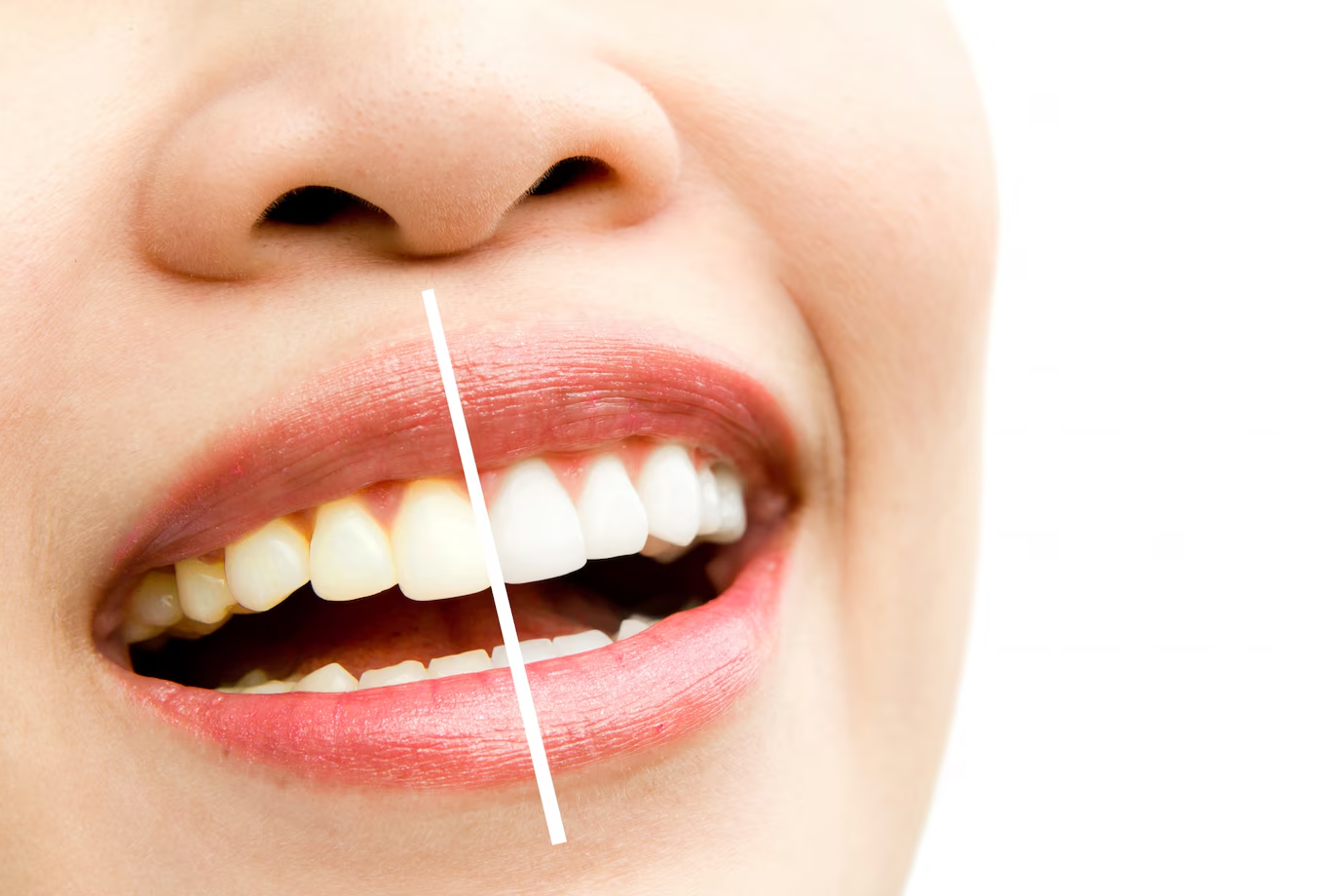A bright, radiant smile can transform your confidence, but stained or discolored teeth are a common concern for many adults. Whether you’re a daily coffee enthusiast or someone who takes pride in their beauty routine, achieving a whiter smile doesn’t have to be overwhelming or risky. This guide outlines proven and safe methods to whiten your teeth while protecting your oral health.
Teeth whitening is a popular cosmetic dental treatment designed to remove stains and discoloration, resulting in a brighter, whiter smile. Over time, factors such as age, food and drink consumption, smoking, and poor oral hygiene can contribute to tooth staining. Whitening treatments work by using bleaching agents, typically hydrogen peroxide or carbamide peroxide, to break down stains and lighten the color of the enamel.
How to Whiten Your Teeth Safely
1. Over-the-Counter Whitening Products
Many whitening products are available, from strips to toothpaste. These are ideal for mild staining and include options like:
- Whitening Toothpaste: Formulated with gentle abrasives and low-dose whitening agents, this is safe for daily use.
- Whitening Strips: Thin, flexible strips coated with peroxide gel can visibly brighten teeth within a week.
- Whitening Pens: These are portable and convenient for spot treatments on the go.
2. Professional Whitening Treatments
For faster and more noticeable results, turn to dental professionals. Professional treatments yield superior results compared to drugstore products while ensuring the process is safe for your enamel and gums. Options include:
- In-Office Whitening: Dentists use high-concentration bleaching agents coupled with specialized lights or lasers. This results in a brighter smile, typically in under an hour.
- Custom Take-Home Kits: A dentist provides customized trays and professional-strength gel for use at home. Results are achieved in 1-2 weeks.
3. Natural Whitening Remedies
Natural teeth whitening remedies have gained popularity due to their accessibility and low cost. Baking soda, for instance, has mild abrasive properties that can help remove surface stains, while activated charcoal is believed to absorb impurities from the teeth. Oil pulling, an ancient practice involving swishing oil around the mouth, is thought to promote oral health and whiten teeth. These remedies are often not as effective as professional treatments, and their safety can vary depending on frequency and technique.
Although these natural methods can offer temporary whitening effects, they should be used with caution. Overuse of abrasive substances like baking soda or charcoal may erode tooth enamel, leading to increased sensitivity or even decay. Also, the scientific evidence supporting their long-term efficacy is limited, and results can vary from person to person.
Are Teeth Whitening Methods Safe?
Teeth whitening methods, when used correctly, are generally considered safe. It’s essential to follow the instructions that come with any over-the-counter whitening products to avoid potential harm. Consulting with a dentist before starting any whitening regimen is crucial, particularly if you have sensitive teeth, gum disease, or other dental issues. This ensures that you are using the most appropriate and safe method for your individual needs.
While at-home whitening remedies are popular, they can sometimes damage the enamel if not used properly. For this reason, an informed, dentist-approved approach is always the best choice to achieve effective and safe results. Your dentist can recommend the most suitable whitening option and help prevent any adverse effects on your oral health.
Remember, Whitening is Personal
Every smile is unique and the best approach to teeth whitening depends on your specific circumstances. Brighten your smile safely and confidently. For personalized advice, speak with your dentist to determine the best whitening option for you.

